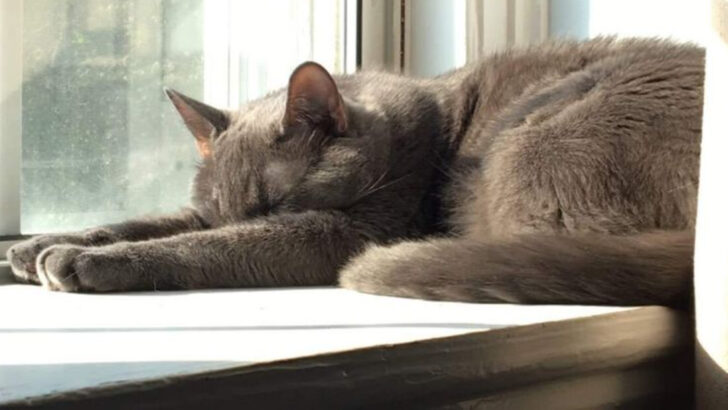Cats may seem cool, calm, and in control—but grief cracks them open in ways you’d never expect. They don’t cry. They don’t wail. But they feel. Hard. And when they lose a companion—human or animal—they mourn in silence that speaks volumes. One might stare at the door for hours. Another could stop eating altogether. Some search the house like they’re chasing ghosts, calling out with soft, aching meows that break your heart. These signs may be quiet, but the sorrow behind them runs deep. Your cat’s not just confused. They’re hurting—and they’re trying to tell you the only way they know how.
Lethargy and Loss of Interest
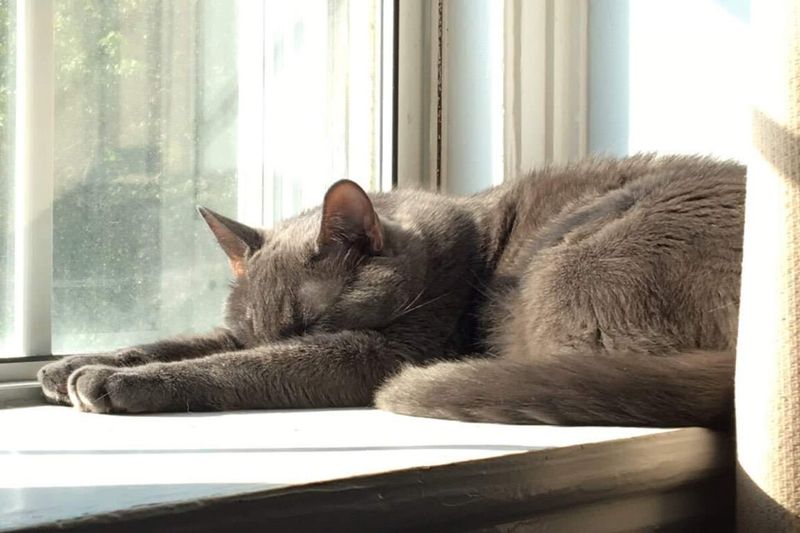
Cats, creatures of habit, may show their mourning through lethargy. A once playful feline might spend more time resting in a favorite spot.
You might notice them ignoring toys or losing interest in activities they once adored. This sudden change in energy levels can be startling.
While this behavior might seem worrisome, it’s part of their process. They need time to adjust to the absence, just as humans do. In this quiet contemplation, cats find a way to cope with their emotions, signaling their grief in a way that speaks volumes.
Change in Vocalizations
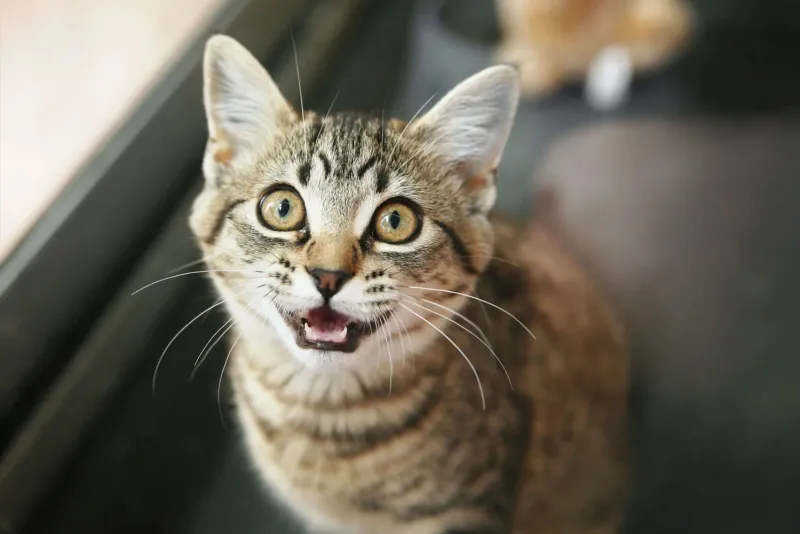
The language of cats includes a symphony of sounds. When mourning, your cat might alter their vocalizations.
Those familiar meows could turn into drawn-out wails or unusual calls. This change in their vocal behavior is their way of communicating distress.
Each sound carries a piece of their emotional state. It’s an auditory expression of the heartache they’re experiencing, an appeal for empathy and connection. Paying attention to these vocal cues can help you understand their emotional journey and offer the solace they seek.
Increased Affiliative Behavior
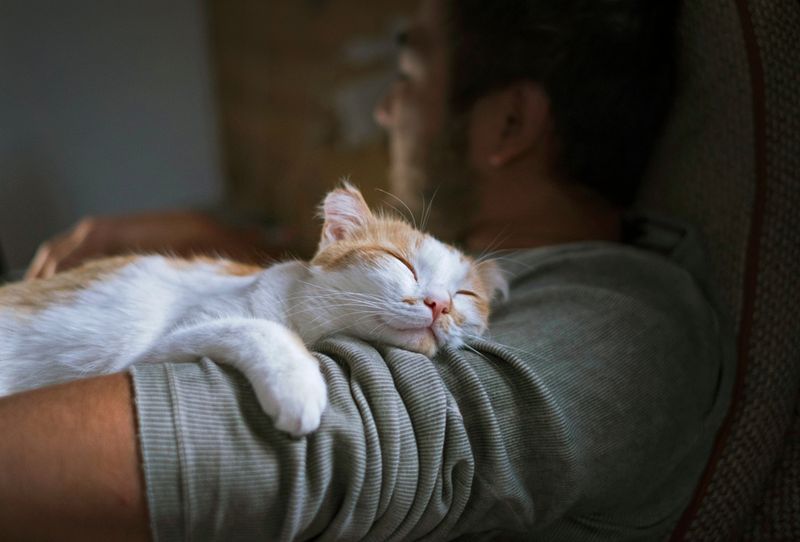
In times of distress, cats often seek comfort. You may find your feline friend sticking closer to you, rubbing against your legs, or curling up beside you more often.
This increased affiliative behavior is a sign they need reassurance. Their usual independence gives way to a longing for closeness, a way to feel secure in their surroundings.
This tender behavior is their way of reaching out, forming a stronger bond with you during their time of need. Embracing these moments strengthens the connection between you and your grieving pet.
Loss of Appetite
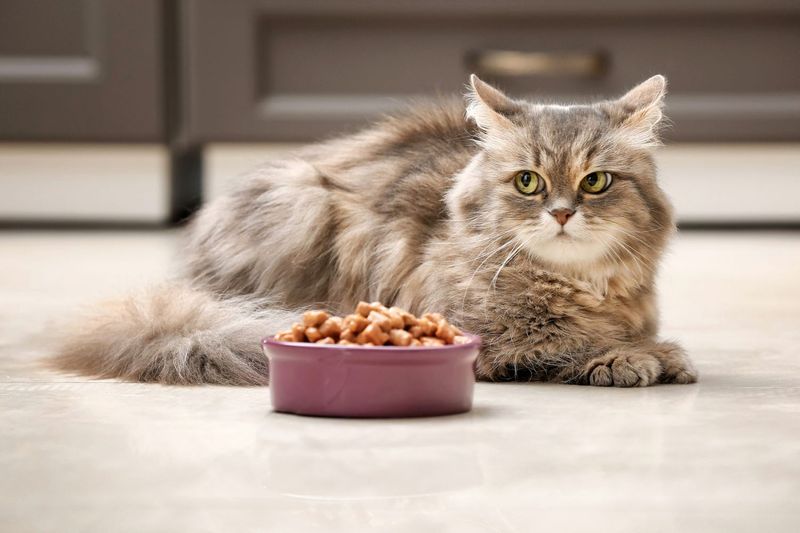
Grief can weigh heavily on a cat’s appetite. A cat that usually pounces on their meals might suddenly turn away from food.
This loss of appetite is a poignant indicator of their sadness. It reflects their inner turmoil and emotional struggle.
While concerning, this behavior is often temporary. Offering favorite treats or warming their food can sometimes entice them. Monitoring their intake is crucial, as prolonged disinterest in food may require a vet’s attention. Understanding this behavior helps us empathize with their mourning process.
Search Behavior
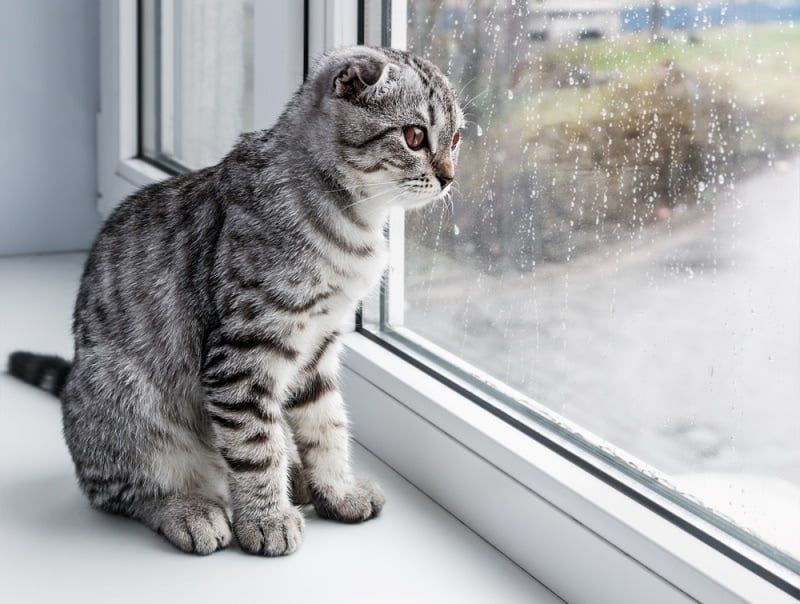
When a companion is gone, your cat might engage in search behavior, tirelessly exploring areas where they last encountered their friend.
This behavior is an expression of hope and a quest for understanding. They may sniff at familiar spots, looking for any sign of the missing presence.
This search is a poignant reminder of their longing, a visible sign of their emotional void. It’s a manifestation of their memories and the bond they shared. Observing this behavior can be heart-wrenching, yet it underscores the depth of their connection.
Altered Sleep Patterns
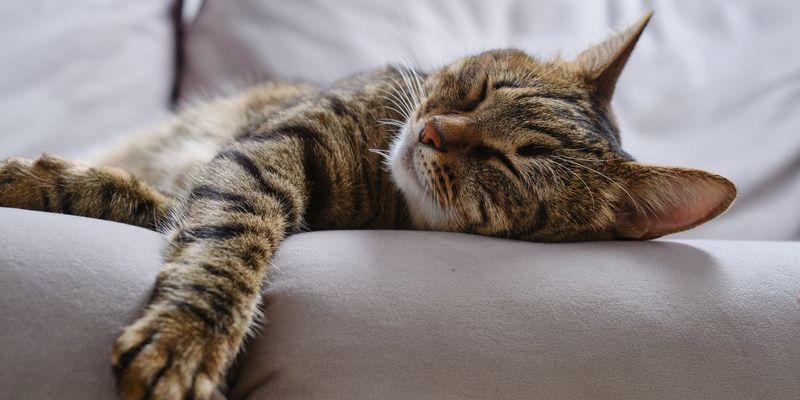
A grieving cat may exhibit altered sleep patterns. Once predictable sleep routines might change, with your cat sleeping more or in unusual locations.
This behavior can indicate their need for solace in new places. It’s their way of coping and finding comfort when the familiar feels different.
These altered patterns reflect their internal state, mirroring their emotional world. By adapting to these changes, cats seek peace in their time of mourning. Offering them quiet, comfortable spaces can aid in their emotional recovery.

